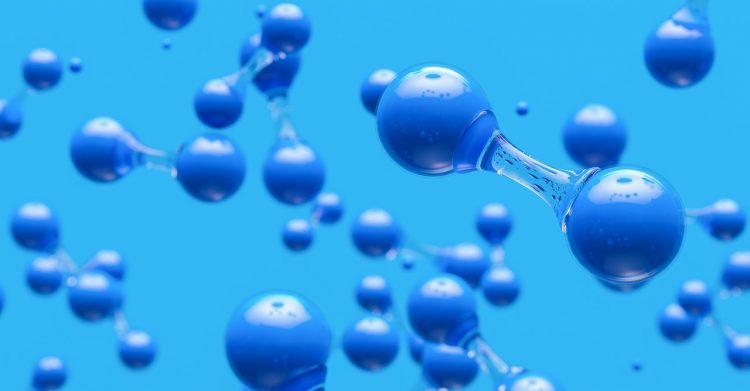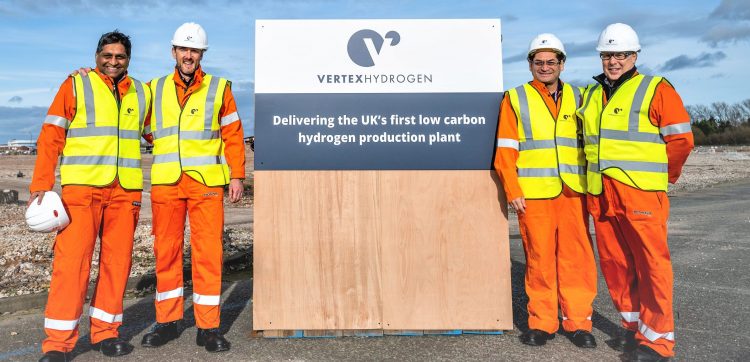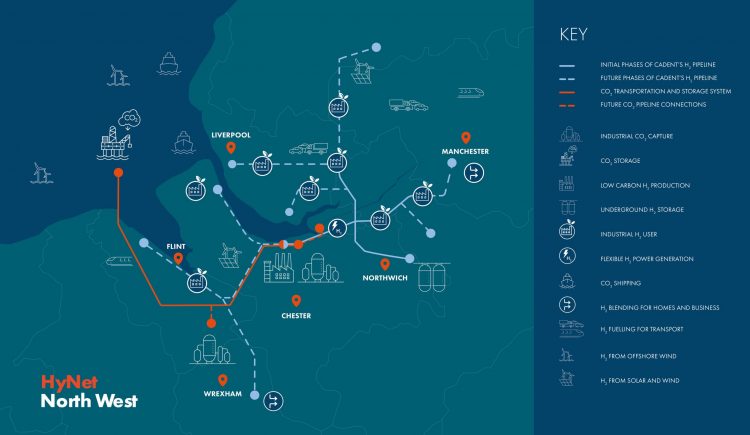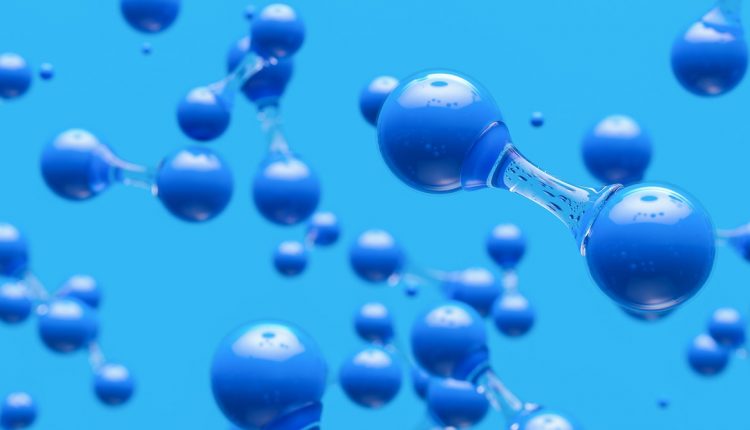A multi-billion pound plan to pump hydrogen to factories across the North West from the banks of the Mersey, due to start in 2025, has now been pushed back to 2026. Tony McDonough reports

Factories in the North West hoping to use ‘low-carbon’ hydrogen produced on the banks of the Mersey will now have to wait a little longer than expected.
Costing tens of billions of pounds, the HyNet consortium plans to produce hydrogen at the Stanlow oil refinery at Ellesmere Port by burning natural gas. However, the carbon produced by the process will be ‘captured and stored’ under the Irish Sea.
HyNet, which has identified an industrial demand across the North West for around 4GW of hydrogen, was hoping to have its facility up and running and supplying hydrogen by the end of 2025.
Along with another project on the east coast of England, HyNet was selected by the Government in 2021 to be in ‘Track 1’ for state support. However, final funding decisions are yet to be made. This means HyNet will not be operational until at least 2026.
In his Spring Budget, Chancellor Jeremy Hunt announced £20bn of funding for carbon capture and storage (CCS). CCS is key to the viability of hydrogen as a source of low-carbon energy.
HyNet director David Parkin welcomed the funding commitment but admitted Government delays had now meant it had to push back its original timetable.
He said: “We were anticipating that that would reach a conclusion in the summer (2022. It’s fair to say that was slowed down by the political calamities of last summer.”
On the funding commitment from the Chancellor, he added: “This announcement of financial support allows the project to move into construction in 2024.
“It has positioned the UK as a serious global player, and will allow a UK supply chain to be developed, creating new jobs across the country.
“This investment from Government is good for the UK’s fight against climate change, good for the North West and North Wales region, good for industry and good for the UK’s economy.”
In February LBN reported that a deal had now been signed by HyNet to supply 1,000MW of hydrogen to major industrial businesses in Liverpool city region and beyond.
Vertex Hydrogen is a joint venture between Stanlow oil refinery owner Essar Oil UK and low carbon energy firm Progressive Energy will build the hub at close to the River Mersey.
St Helens glassmaker Pilkington, Tata Chemicals in Cheshire and glass bottle maker Enirc will all be supplied with hydrogen. SOG, owner of the Heath Business and Technical Park in Runcorn, has also signed up.
Natural gas is, of course, a fossil fuel which produces significant volumes of carbon. HyNet plans to capture and store this carbon in caverns under the sea in Liverpool Bay.
It claims it has the potential to reduce carbon dioxide emissions by 10m tonnes every year by 2030 – the equivalent of taking 4m cars off the road.
This process is known as ‘blue hydrogen’ and it is not without its controversy.
Hydrogen is the most abundant element in the universe and at the point of use it is emissions-free. But to obtain energy from hydrogen we first have to separate it from other elements in fossil fuels or water. There are a number of ways of doing this.
So-called grey hydrogen is hydrogen produced using fossil fuels, as above, but the resultant carbon is released into the atmosphere contributing to global warming and climate change. More than 70% of the hydrogen in the world is still produced this way.
At the other end of the scale is green hydrogen. This is produced by running electricity from renewable sources such as wind or solar through a machine called an electrolyser. It separates the hydrogen from water molecules.


This is by far the best way to produce hydrogen in terms of cutting carbon emissions. However, green hydrogen is currently expensive and not yet at the point where it can be sufficiently scaled up.
HyNet has chosen what it insists is a method that will allow the transition to green. Blue hydrogen is produced by burning methane The carbon is then captured and stored.
To reach the necessary efficacy to make it viable HyNet would have to capture at least 90% of the carbon. Similar scale projects elsewhere in the world have struggled to achieve more than 75%.
HyNet is also investing in a number of smaller scale green hydrogen projects. It will utilise electricity from the Frodsham Wind Farm close to the Mersey Estuary.
Despite doubts over CCS, the Government needs it to work if it is to have a realistic chance of reaching its net zero targets.
In a report this month on the electricity generation between now and 2035, the UK’s Climate Change Committee warned decarbonisation targets would be missed without hydrogen in the mix.
Mr Parkin added: “The North West supports the most manufacturing jobs of any UK region. HyNet will enable the region to retain these high value manufacturing jobs, secure 6,000 new roles, attract inward investment and cultivate a supply chain across the region.”

